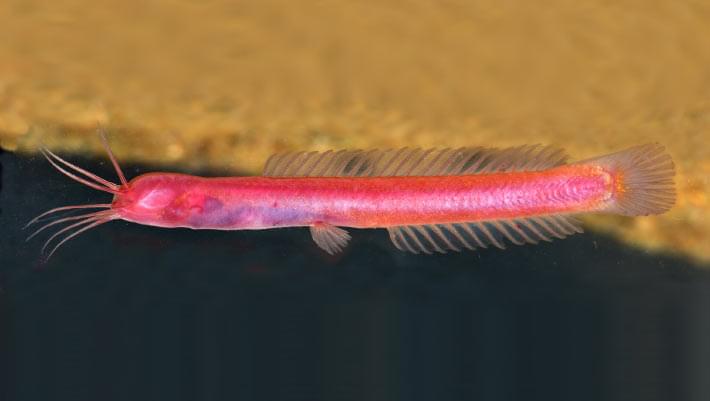Summary: Study reveals how neural populations in different people synchronize during social interaction and tasks of cooperation.
Source: SPIE
Humans are social creatures. But what leads to them being this way?



Now, THIS is useful AI — controlling Nuclear Fusion reactions.
#AI #Deepmind #GTC23
In this Video I discuss Recent AI Breakthroughs in Science — in Physics, Astrophysics… and Math!
This video is sponsored by NVIDIA.
GIVEAWAY
Please follow these steps to win NVIDIA GeForce RTX 4,080 GPU (worth 1400$):
Step-1: Please register for NVIDIA GTC using this link: https://www.nvidia.com/gtc/?ncid=ref-inpa-194623
To qualify, registrants need to have a permanent home address in Europe, Middle East, or Africa.
Step-2: Wait for the GTC to start and join the Keynote livestream.
Step-3: Attend GTC sessions. Prizes will be awarded only to those who register for GTC using the link above and attend at least one session (keynote excluded). This giveaway is exclusive to my community — one winner will be selected from my subscribers. Good luck!
Some of GTC Sessions which I will attend:




Astronomers from the University of Texas and the University of Arizona have discovered a rapidly growing black hole in one of the most extreme galaxies known in the very early universe. The discovery of the galaxy and the black hole at its center provides new clues on the formation of the very first supermassive black holes. The new work is published in Monthly Notices of the Royal Astronomical Society.
Using observations taken with the Atacama Large Millimeter Array (ALMA), a radio observatory sited in Chile, the team have determined that the galaxy, named COS-87259, containing this new supermassive black hole is very extreme, forming stars at a rate 1,000 times that of our own Milky Way and containing over a billion solar masses worth of interstellar dust. The galaxy shines bright from both this intense burst of star formation and the growing supermassive black hole at its center.
The black hole is considered to be a new type of primordial black hole—one heavily enshrouded by cosmic “dust,” causing nearly all of its light to be emitted in the mid-infrared range of the electromagnetic spectrum. The researchers have also found that this growing supermassive black hole (frequently referred to as an active galactic nucleus) is generating a strong jet of material moving at near light speed through the host galaxy.
